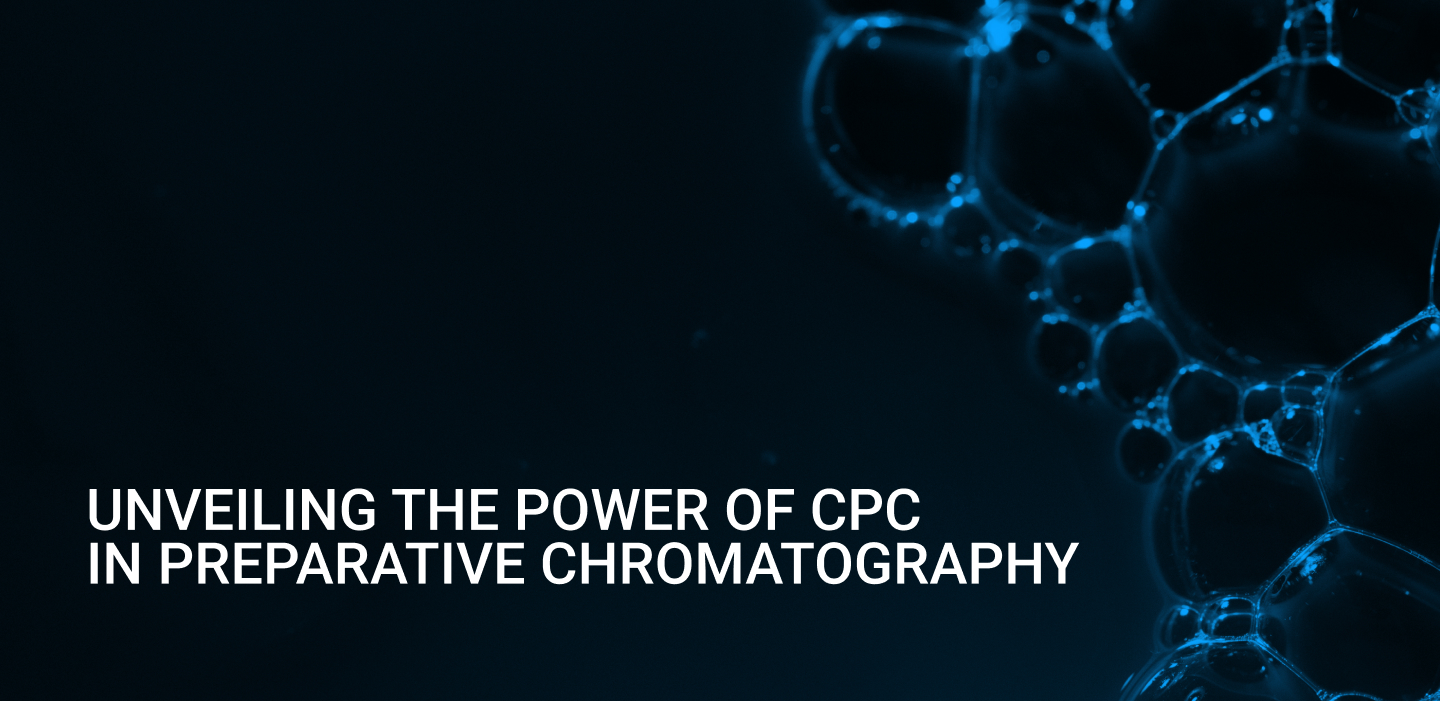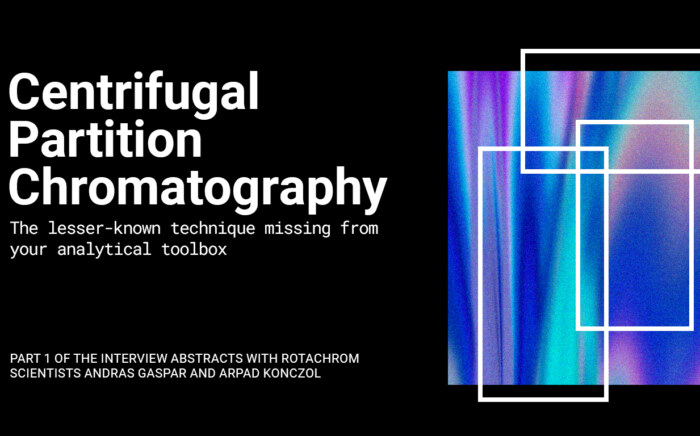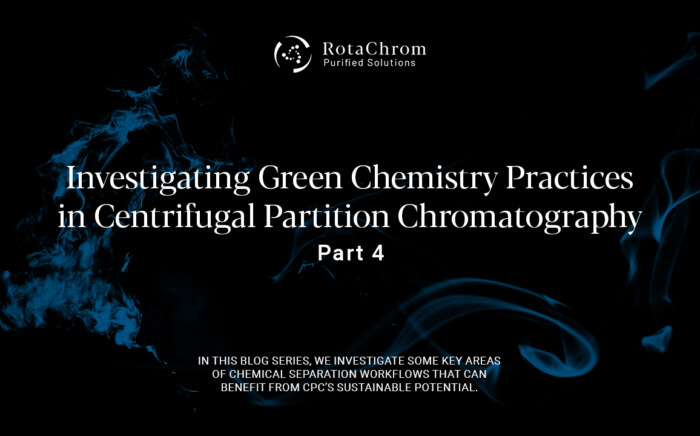Increasing separation efficiency by pH adjustment in Centrifugal Partition Chromatography
NewsCentrifugal partition chromatography (CPC) has emerged as a highly effective and efficient preparative chromatographic technique, gaining significant popularity among scientists, researchers, and laboratory technicians. Utilizing two immiscible liquid solvent systems as both stationary and mobile phases, CPC separates sample components based on their partition coefficients. In this post, we delve into the principles, advantages, and versatility of CPC that make it an indispensable tool in the scientific toolbox.
Principles of CPC
At the core of CPC lies the principle of partition coefficient (Kd), representing the equilibrium constant for the distribution of a compound in a two-phase system. In CPC, a series of interconnected cells (columns) are affixed to a rotor. The liquid stationary phase is filled into the rotor, immobilized by strong centrifugal force. Simultaneously, the mobile phase, containing the sample, is pumped under pressure and dispersed into tiny droplets passing through the stationary phase. Separation occurs based on varying partition coefficients, with higher coefficients resulting in greater retention.
Advantages of CPC
CPC offers several key advantages over classical solid support-based preparative liquid chromatography:
- Simplicity of Separation Mechanism: CPC’s straightforward mechanism facilitates easy method development and scalability.
- High Loadability and Recovery: CPC provides high recovery with no sample loss due to irreversible adsorption.
- Minimal Solvent Consumption: Eliminating the need for a solid stationary phase minimizes solvent usage, contributing to cost-effectiveness.
- Versatility: CPC can efficiently separate a broad range of compounds, including proteins, nucleic acids, and small molecules.
Applications and Versatility
CPC’s versatility positions it as an ideal solution across various applications, including biotechnology, pharmaceuticals, and other fields requiring high-purity samples. The ability to efficiently purify diverse compounds underscores CPC’s significance in advancing research goals.
RotaChrom’s Breakthrough in Industrial-Scale CPC
RotaChrom has revolutionized preparative purification with its industrial-scale centrifugal partition chromatography. Unlike traditional methods relying on solid stationary phases, RotaChrom’s innovative system achieves precise molecular separation without silica gel. The platform showcases exceptional results in yield and purity, surpassing conventional liquid chromatography. RotaChrom’s advancements have not only reduced downstream method development costs but also streamlined the purification process, offering an effective solution for a wide array of challenges.
Conclusion
Centrifugal partition chromatography stands as a powerful and versatile tool for sample purification and separation. With its simplicity, high loadability, and recovery, as well as cost-effectiveness, CPC has become a go-to solution for scientists and researchers. RotaChrom’s breakthroughs further enhance the potential of CPC, marking a significant stride in preparative chromatography and opening new possibilities for efficient and precise molecular separations.



